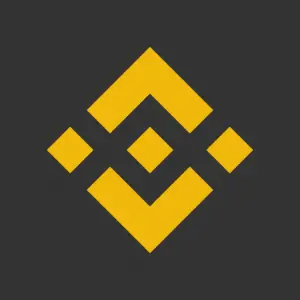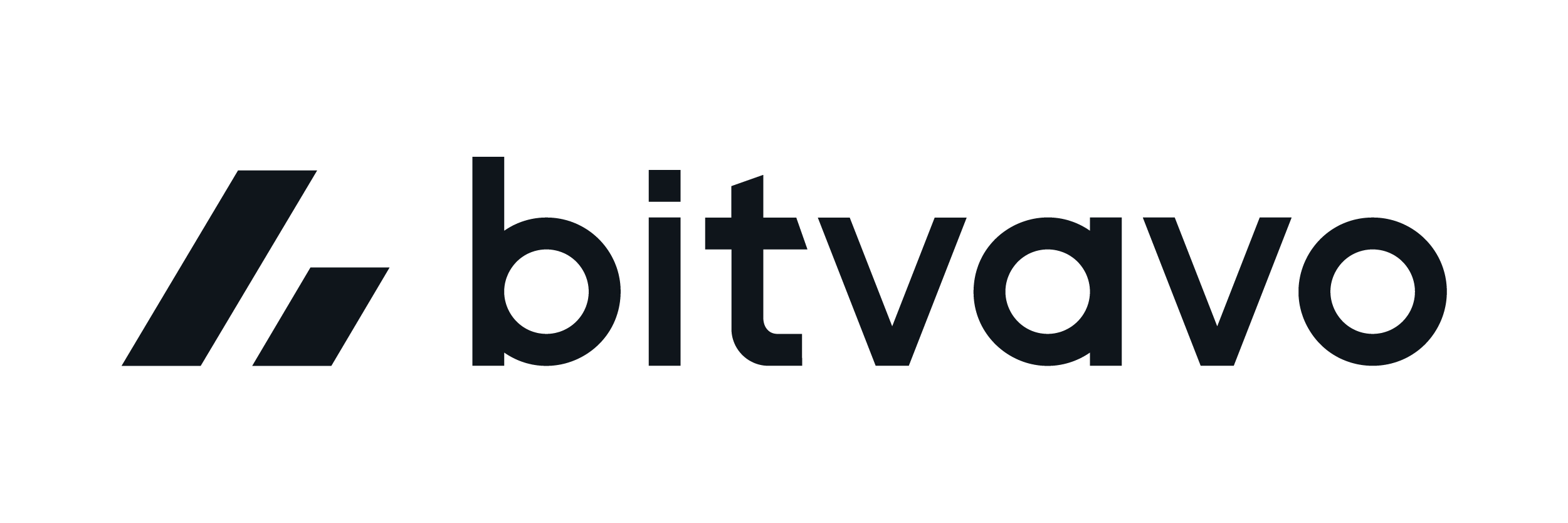Welcome to this post, where we are going to see how Curve works, and everything you need to know about the #1 DEFI platform. Curve is currently the platform with the highest LTV or total locked value among all networks, with more than 20 billion (American).
In this article we are going to see how you can use curve too, and why there is so much money in this platform, and it has been the leader or in the top 3 platforms with more capital for a long time.
Before we continue, we should mention that there may be some changes at the moment you are reading this article, due to the constant changes of the platform. Aspects such as annual %, or new features or networks in Curve, depending on when you are reading this. Even so, the main operation is the same. At the end of the article, I recommend you to visit their official website, to check all the information.
What is Curve.fi

The easiest way to understand Curve is to view the platform as an exchange. Its main goal is to allow users and other decentralized protocols to exchange stablecoins (DAI to USDC for example or USDC to USDT) through it with low fees and low exchange. Unlike existing exchanges that match a buyer and a seller, Curve’s behavior is different, it uses liquidity pools such as Uniswap or pancakeswap. To do this, Curve needs liquidity (tokens) that is rewarded by those who provide it.
Curve is non-custodial, which means that Curve developers do not have access to their tokens. It is an exchange protocol, focused on stablecoins, and a few other cryptocurrencies, such as bitcoin, ethereum and their wrapped versions to always try to preserve the 1:1 pair. Like stablecoins, with the emergence of so many new stablecoins, more pools and more opportunities for liquidity providers have appeared.
For a stablecoin that varies in value is not a good stablecoin. Therefore, Curve has its pools, and incentives to balance the different stablecoins, and other cryptocurrencies such as BTC or ETH, and that their exchange value is always the right one. Preventing people from taking advantage of arbitrage to make money when there is a liquidity discrepancy, especially in new stablecoins.
Although Curve has its swap, the biggest use is by liquidity providers that provide liquidity for the good rewards you can receive, with good annual %, and a secure platform. It also provides liquidity to other protocols that need it. In this way, Curve has become the platform with the most blocked money of all DEFI with its pools that we will now see.
Networks
The Curve protocol was launched on the Ethereum network, and this has been its main network, but with the growth of new networks, they have added new networks that can use Curve.
We currently find the following networks that can use Curve:
- Arbitrum
- Avalanche
- Fantom
- Harmony
- Polygon
- XDai
These new protocols have allowed new users to use Curve, as they are much faster and cheaper than the ethereum network. Each network has different options and different pools to provide liquidity, although the ethereum network is still the main one, as it has the most pools and options.
As the most relevant aspects work in the same way in all networks, we will talk in general without focusing on any specific network. The main difference you will find is different pools, which we will now see, with different annual % in each network.
If you are totally new to DEFI, in our page you can find a guide to get started in DEFI from 0.
Mention that if you plan to use Curve on the Ethereum network, you must take into account the commissions or gas fee, which are very high, so if you have a capital of less than $ 5,000-10,000, I do not recommend using the ethereum network, as you will be paying $ 300 or more in commissions just to provide liquidity or make any action in Curve.
Swap
Although the main aspect is the pools, it also has its own swap where you can change mainly stablecoins between them almost 1:1, while other exchanges, perhaps the ratio is worse to change two stablecoins.
To do this, when you enter you will see the swap, once the wallet is connected, simply indicate the cryptocurrency you want to use and the one you want to get, click on sell and confirm in your wallet. The first time you will have to approve the cryptocurrency you are going to use, before you can exchange it. It is a small commission in networks like avalanche or others, in the case of ethereum, it can be worth to approve without changing the cryptocurrency, 40$ in gas fee.
In the advanced option, you can adjust the slipping tolerance, the amount of gas fee that is made in the transaction and you can uncheck the box if you do not want to use one of the platforms that are found for the swap.
Pools
If we go down after the swap, we can find the pools. Here, you can see the different pools, usually of 3 or more cryptocurrencies each, which you can see under the name. For example, 3pool (DAI+USDC+USDT), which are the cryptocurrencies you will have to contribute to that pool. On the right you will see the annual % you receive for that pool, and further to the right the rewards they are giving in that pool, in tAPY.
These are incentives from the platform itself or from the network, as it happens in Avalanche, with the Avalanche Rush, that in order to encourage users to use their network, they offer more rewards in platforms such as Curve. So, you should look at the two % to know the total that you can get in that pool, taking into account that the part of tAPY rewards will vary and vary more.
You can click on see all pools to see all of them, although the main and most interesting ones are usually already shown. If you click on a pool, it will take you to a swap, where you can exchange the cryptocurrencies of the pool between them. This is very useful to have the same amount before providing liquidity. It is the same operation as the swap we have seen before, but in this case, it only uses this pool for it.
If we want to provide liquidity, we must go to deposit, at the top of the menu. In deposit, you can indicate a single cryptocurrency, or all the ones that compose the pool. You will be able to see by indicating the amount, the amount of LP tokens of the pool that you are going to receive. It is not necessary to provide all the cryptocurrencies in the pool, unlike other platforms.
Once you have indicated the amount you want to deposit as LP Token, you can click on deposit to create the LP Token, or deposit & Stake in gauge to stake it directly to the Curve pool. This way, you save having to deposit it, and then go to the pool to stake it.
If you want to use the Curve pool on other platforms like Abracadabra, just click on deposit and then go to the platform you want to place your Curve LP Tokens and stake them there.
If you go to my dashboard, you can find all the information about your LP Token, such as its value, rewards received, balance and profit in USD and CRV. In addition to the tokens you can claim.
You can find many pools with only stablecoins, with almost 0 risk of impermament loss, and others with BTC and ETH, or other cryptocurrencies with more volatility, although with many assets in the same pool, the impermament loss is really small. This is why Curve has been so successful in pools like tricrypto2. By offering good annual %, with low risk.
To undo the LP Token, simply click on it, and instead of going to deposit, click on withdraw, indicate the amount and click on withdraw, confirm in your wallet and you will have the token you have indicated to withdraw. You can withdraw it in all the tokens of the pool, or in one in particular.
Although the platform has other aspects, such as the staking of your CRV token, we have focused on the most used for the majority of Curve users.
Risks
Despite being the #1 platform in Total Blocked Value, there are certain risks that are important to be aware of and the platform itself highlights.
The first is the risk of Smart contracts, despite being an audited platform, and so far has not had any problems, there is always the risk that a Smart contract may fail and compromise the platform and the funds on it.
The other major risk that exists, especially with stablecoin-only pools, is the un-peg or loss of 1:1 ratio with the dollar. Although this already depends on each platform or company behind each stablecoin, if you have a pool with 4 stablecoins and for example DAI loses its 1:1 ratio and becomes worth 0.50$ and does not recover to its value of 1$, being an LP Token, you will suffer impermament loss and a loss of value.
I hope this has helped you to learn more about Curve and its main use. Remember that if you don’t have an account with binance, you can create one just below.
Platform: Binance
Min. deposit: $10
License: Cysec
Very low commissions
Exchange with more cryptocurrencies


